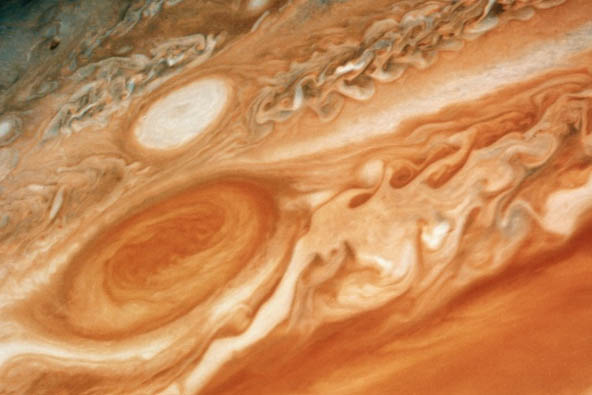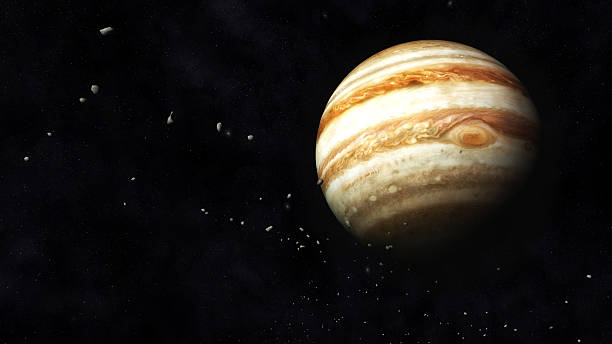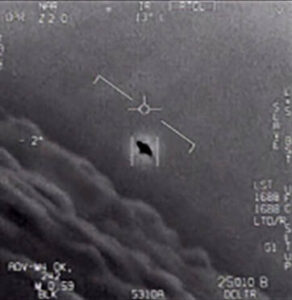Jupiter, the fifth planet from the Sun and the largest in our solar system, has long been a subject of fascination for astronomers and the general public alike. This gas giant, with its iconic Great Red Spot and multitude of moons, offers a wealth of scientific insights into the formation and dynamics of our solar system. In this article, we will explore Jupiter’s defining characteristics, its complex atmosphere, and the intriguing findings from missions to study the colossal planet.
Jupiter’s Characteristics and Features
Jupiter, a gas giant composed primarily of hydrogen and helium, has a diameter of approximately 143,000 kilometers (88,900 miles), making it more than 11 times larger than Earth. Its immense size gives it a strong gravitational pull, which is roughly 2.5 times that of Earth’s. Jupiter has a rapid rotation, completing a full rotation in just under 10 hours, which leads to a pronounced flattening at its poles and a noticeable bulge at the equator.

One of Jupiter’s most distinctive features is the Great Red Spot, a massive, persistent storm larger than Earth, located in the planet’s southern hemisphere. The storm, which has been observed for over 300 years, is characterized by its reddish hue and turbulent nature.
The Many Moons of Jupiter
Jupiter has an impressive collection of at least 79 known moons, four of which are particularly significant. These four largest moons, known as the Galilean moons, were first observed by Galileo Galilei in 1610 and include Io, Europa, Ganymede, and Callisto. Each moon has its own unique features and characteristics, from Io’s volcanic activity to Europa’s potential subsurface ocean.
Exploring Jupiter’s Complex Atmosphere
Jupiter’s atmosphere is composed mainly of hydrogen and helium, with trace amounts of other gases such as ammonia, methane, and water vapor. The planet’s distinctive bands and zones result from variations in temperature and chemical composition, as well as the influence of the rapid rotation.
Jupiter’s weather systems are driven by internal heat and powerful convection currents, which give rise to the planet’s iconic storms and vortices. The Great Red Spot, as well as smaller storms observed on Jupiter, can persist for years or even centuries, providing a unique opportunity to study the complex dynamics of planetary atmospheres.
Missions to Jupiter: Discoveries and Findings
Numerous missions have been launched to study Jupiter, including flybys, orbiters, and even a probe that plunged into the planet’s atmosphere. These missions have greatly expanded our understanding of the gas giant and have led to several groundbreaking discoveries, such as:
- The complex structure of Jupiter’s magnetosphere, which is the largest and most powerful in the solar system.
- The detection of lightning and auroras, providing insights into the planet’s atmospheric dynamics and interactions with its moons.
- The discovery of evidence for subsurface oceans on Europa and Ganymede, raising the possibility of habitable environments within the Jovian system.
Is there life on planet Jupiter?
As far as we know, there is no life on Jupiter. Jupiter is a gas giant planet and does not have a solid surface. It is composed mainly of hydrogen and helium gas, with small amounts of other gases and elements.
The atmosphere of Jupiter is extremely harsh, with high levels of radiation and intense storms, including the famous Great Red Spot, a giant storm that has been raging on the planet for centuries. These extreme conditions make it unlikely that life as we know it could survive on the planet.
Moreover, the lack of solid surface and the extreme atmospheric conditions of Jupiter make it difficult to imagine any plausible way for life to exist on the planet. Therefore, it is currently believed that Jupiter is an inhospitable environment for life as we know it.
Wealth of Scientific Insights
Jupiter, the solar system’s largest planet, offers a wealth of scientific insights into the dynamics and formation of planetary systems. Its enigmatic beauty, powerful storms, and diverse collection of moons have captivated our imagination and driven the pursuit of new discoveries. As we continue to explore Jupiter and its many secrets, the gas giant will undoubtedly continue to reveal intriguing and unexpected aspects of our cosmic neighborhood.
Explore Jupiter and learn more about our planets at NASA.gov










